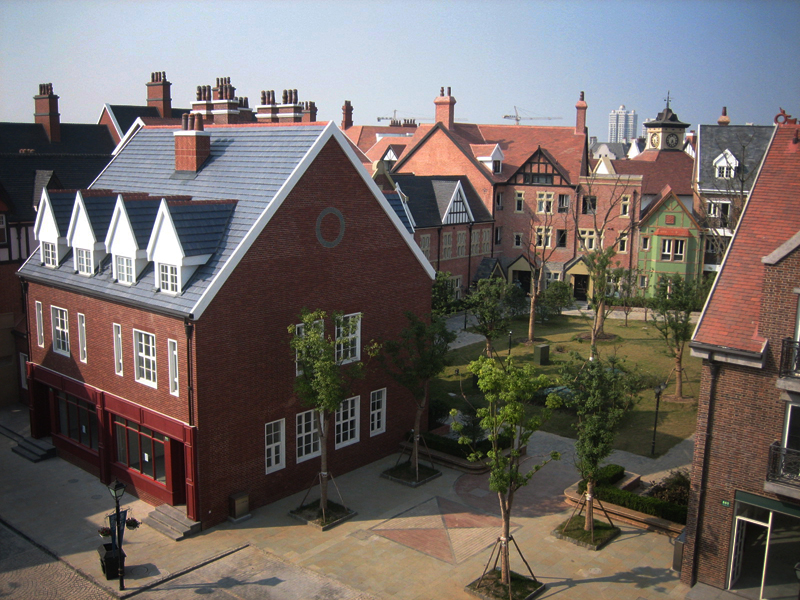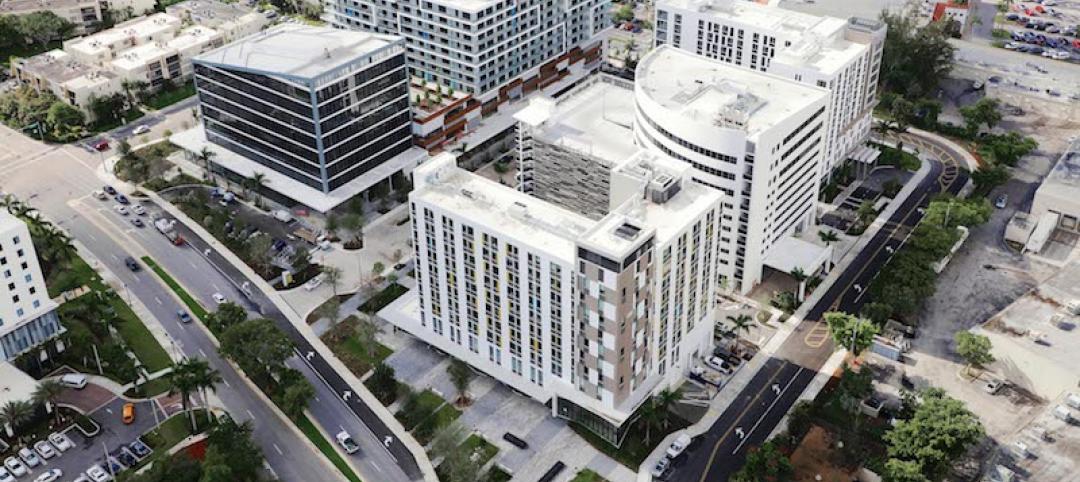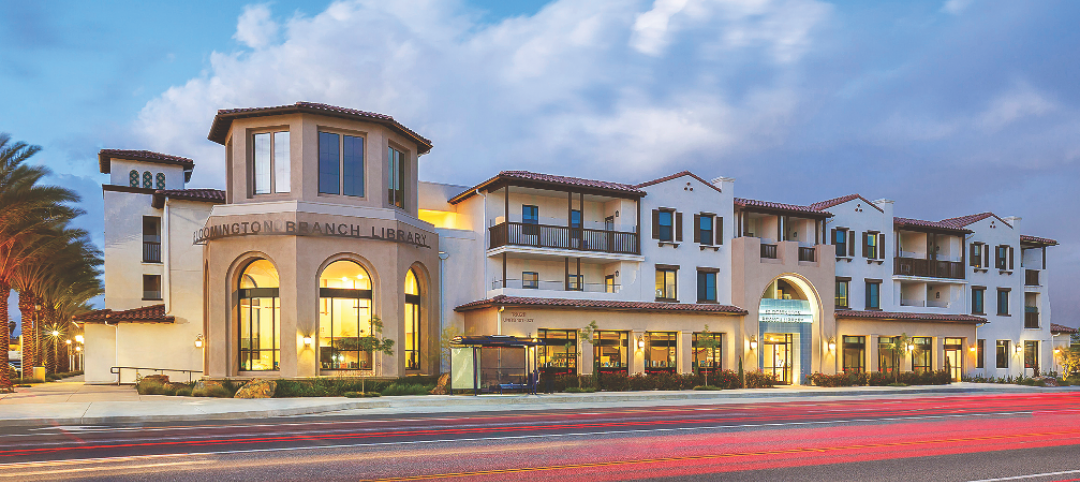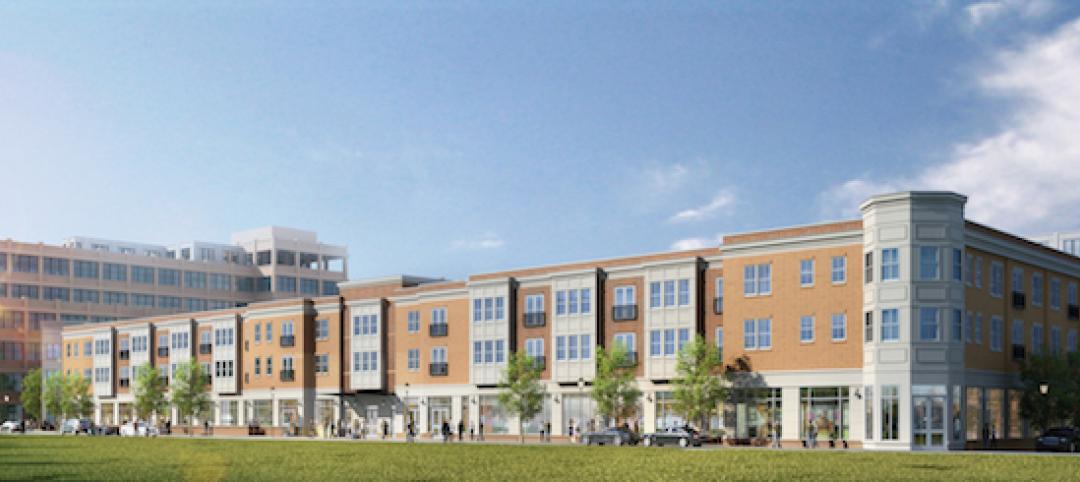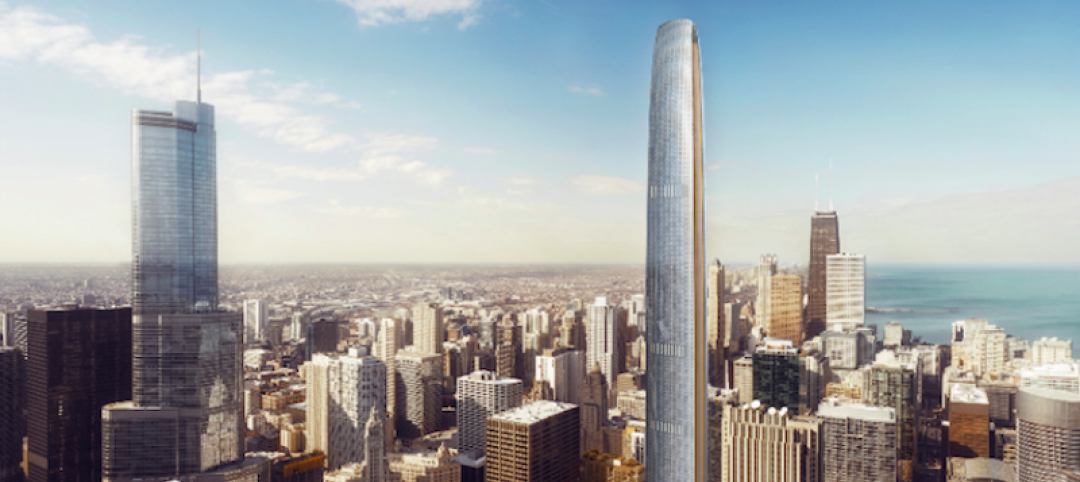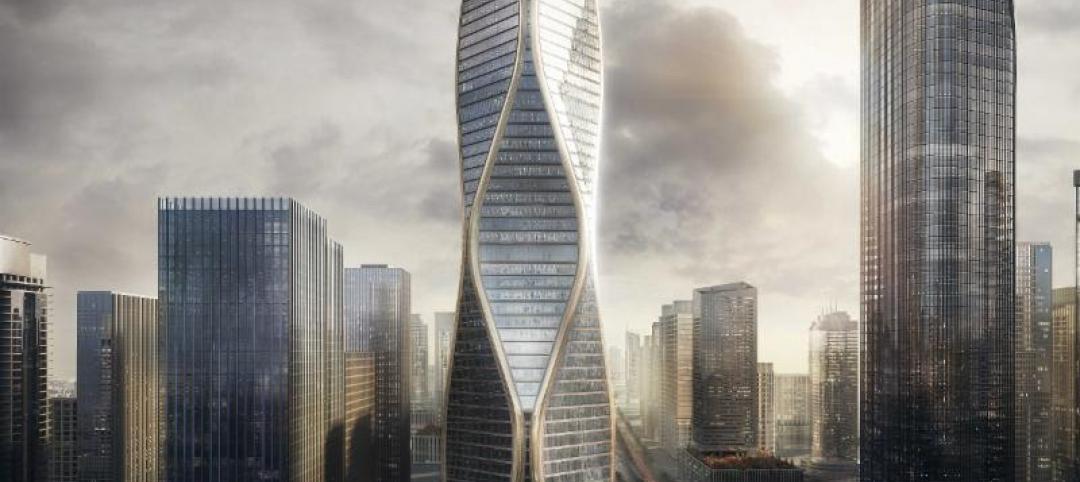Construction in China continues to boom at a rapid pace, even without 3D printers that can print a skyscraper in just 19 days.
Developers and local governments in China are known for building master planned developments from scratch, but as Forbes contributor Kenneth Rapoza points out, many of them today are still ghost towns.
“From shopping malls to soccer stadiums, hundreds of new cities in China are largely empty. And yet more cities are still being built deep in the heart of the country,” Rapoza writes.
The city of Ordos, in China’s province of Inner Mongolia, is an example of such city. It made headlines in Western media after journalist Wade Shepard featured the city in his book, “Ghost Cities of China.”
Time magazine published a web slideshow of Kangbashi District in Ordos, with photography by Michael Christopher Brown. It shows swaths of subdivisions, mid-rise apartments, and commercial complexes built to entertain and accommodate a population the size of San Diego, but remains nearly empty.
Yet under-occupancy doesn’t seem to deter development. Last week, renderings started to circulate online of a walkable, terrace-shaped exhibition hall that Chinese practice Kuanlu Architects designed for Otog, also in Ordos.
“China’s continued urbanization push can be viewed as a full-on effort to develop an insulated economy that’s based on domestic production delivering goods and services to domestic consumers,” Rapoza writes, adding that it is a result of economic crises in the U.S. and E.U. taking a toll on China’s economy.
Related Stories
Mixed-Use | Aug 13, 2018
Florida mixed-use development uses wellness as the backbone of its design
Zyscovich Architects designed the project.
Mixed-Use | Jul 17, 2018
Water Street Tampa’s developer reveals details about this project’s public spaces
This $3 billion waterfront neighborhood will also include three hotels.
Urban Planning | Jul 6, 2018
This is Studio Gang's first design project in Canada
The building’s hexagonal façade will provide passive solar heating and cooling.
Mixed-Use | Jun 5, 2018
Seattle’s new mixed-use complex merges new construction with a repurposed 1921 funeral home
SkB Architects designed the complex.
Multifamily Housing | May 30, 2018
Concentrated redevelopment: Apartment complex takes mixed use to the next level
An “intergenerational” mixed-use apartment complex may be a prototype for reenergizing neglected neighborhoods in America’s largest county.
Mixed-Use | May 16, 2018
Los Angeles mixed-use building uses prefabricated wood frame to reduce costs
SPF:architects designed the building.
Adaptive Reuse | Apr 26, 2018
Edison Lofts building is New Jersey’s largest non-waterfront adaptive reuse project
Minno & Wasko Architects & Planners designed the building.
High-rise Construction | Apr 17, 2018
Developers reveal plans for 1,422-foot-tall skyscraper in Chicago
The tower would be the second tallest in the city.
Mixed-Use | Apr 5, 2018
SOM unveils design for 54-story mixed-use tower in Hangzhou, China
The tower will rise 944 feet.
Mixed-Use | Apr 4, 2018
Shenzhen’s Mawan Mile master plan will include a ‘boulevard in the sky’
HASSELL won a competition to design the new mixed-use district.


